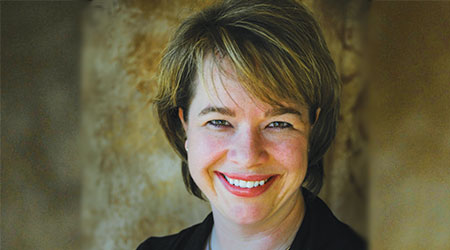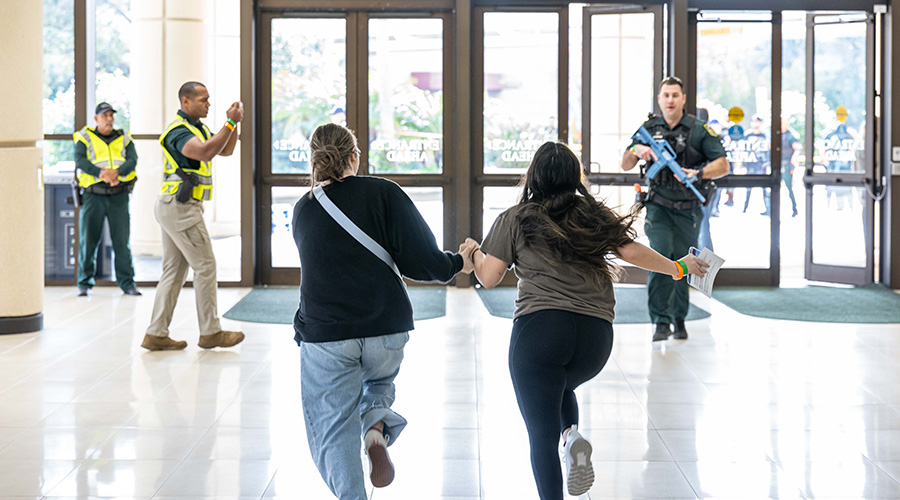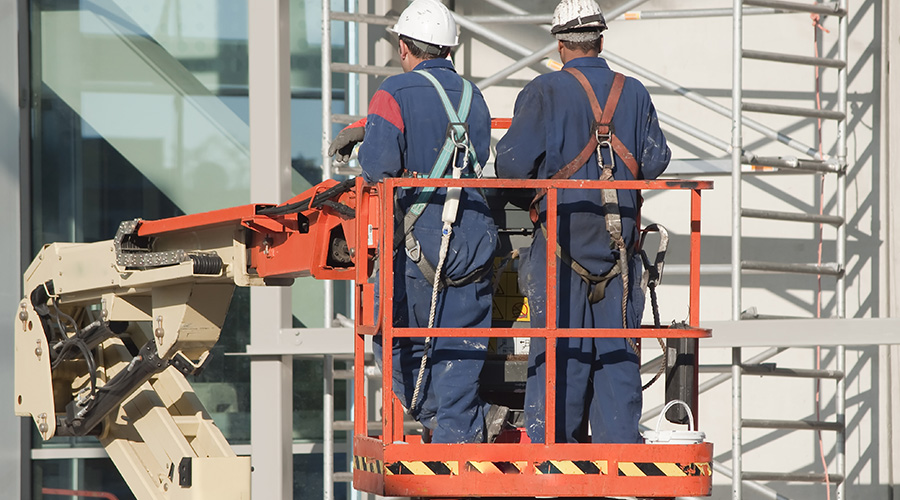How the Coronavirus Pandemic Has Reshaped Traditional Facility Manager Roles
During the coronavirus pandemic, FMs' roles in keeping occupants safe and healthy has risen to prominence as the world has recognized the essential role facilities play.
Over the last several months, we have learned a great deal about living and working in a pandemic environment, especially in the world of institutional and commercial facilities.
If you had asked me in February about social distancing, I might have thought of something equivalent to emotional or relationship distancing – something one does to manage interactions. If you had said it would be hard to find hand soap, sanitizing cleaners and toilet paper, it might have seemed laughable. And wearing masks when entering buildings other than our homes? Surely not. But that is the world we now occupy.
Facility managers are charged with ensuring the built environment is functional and safe and supports the organizations they serve. During the pandemic, that role has risen to prominence as the world has recognized the essential role facilities play as the backdrop and host to the daily interactions of occupants and visitors. Facility managers are learning to work outside of their normal bubble.
New kind of crisis
What makes the coronavirus pandemic different from any other crisis that has afflicted facilities? Three factors make it different.
First, we haven't had to weather a global pandemic in several decades. Even for those few managers and organizations who accounted for pandemics as part of their emergency preparedness plans, they have largely found those plans to be inadequate and in dire need of an upgrade.
For example, one organization's pandemic plan indicated that it would act as a shelter for their local community. Well, that plan didn't work. Instead, the organization needed to shut down its facility and restrict access. They will have to rewrite the plan.
Second, it's a slow-moving event. When we deal with intruders, fires, hurricanes and other natural disasters, there is a duration – minutes, hours or days – that we understand and incorporate in making decisions. Managers are used to acting quickly to ensure the safety of occupants and visitors, support the continuity of business operations and – ideally – resume normal operations quickly. They aren't used to staying on sustained alert for months, planning for changes to physical spaces and operational protocols that are significant and might not be permanent.
Third, because of the nature of a pandemic and the measures we must enact to reduce the risk of exposure and transmission, the situation has demanded a level of coordination we have not experienced. Traditionally, facilities departments have operated within the facilities bubble. It's not as if we don't coordinate with others, but generally, once managers have established plans and processes, the need to actively coordinate plans with other departments has been limited.
Enter the pandemic. Now we find ourselves in a much different position, one in which we are actively engaging with leadership, legal, human resources, IT, communications and marketing, and others to create a cohesive response on behalf of our organizations. The part that facility managers play in helping their organizations effectively manage a pandemic strategy is critical.
Traditional roles
Facility managers typically play one of three roles in their organizations:
Leader. Facility managers are responsible for the physical environment: providing thermal comfort, filtered air, lighting, power, plumbing, fire protection, security, and nice spaces for us to gather and to work. This is the typical facility management bubble where we are comfortable, where we are the decision makers.
Executor. When decisions impact facility-related processes or procedures, facility managers carry them out.
Advisor. When it comes to organizational policy, the facility manager is an advisor, helping leadership understand the impacts of various decisions on people, places and processes.
While facility managers are practiced in the roles of leader and executor and understand them well, the role of advisor has become so important for managers during the pandemic. Here is where facility managers are stepping outside of their typical realm of interaction. No one knows facilities like the facilities team, and facilities play a key role in reducing risk. Stepping into that role requires a different level of thinking and engagement.
In the early weeks of the outbreak, one of the first reactions I observed in facility management circles was the demand for answers. People wanted to know what they should do. Should they shut down HVAC systems? Should they install MERV-13 or HEPA filters in all of their HVAC systems? Should they change HVAC filters every few days? Is 6 feet of distance between people enough? Should workers entirely disinfect facilities periodically? Should workers take the temperatures of people entering a building? The list goes on.
Those are crucial questions, and facility managers are under tremendous pressure to provide answers. But in this pandemic environment, ready-made answers don’t exist, and the questions themselves often are too specific to answer because they depend on the facility, the systems, the organization and the occupants in question.
What facility managers do know is how to do is think. They understand their facilities, and when they combine that knowledge with the needs and priorities of the larger organization, they can build the right response.
Related Topics:













